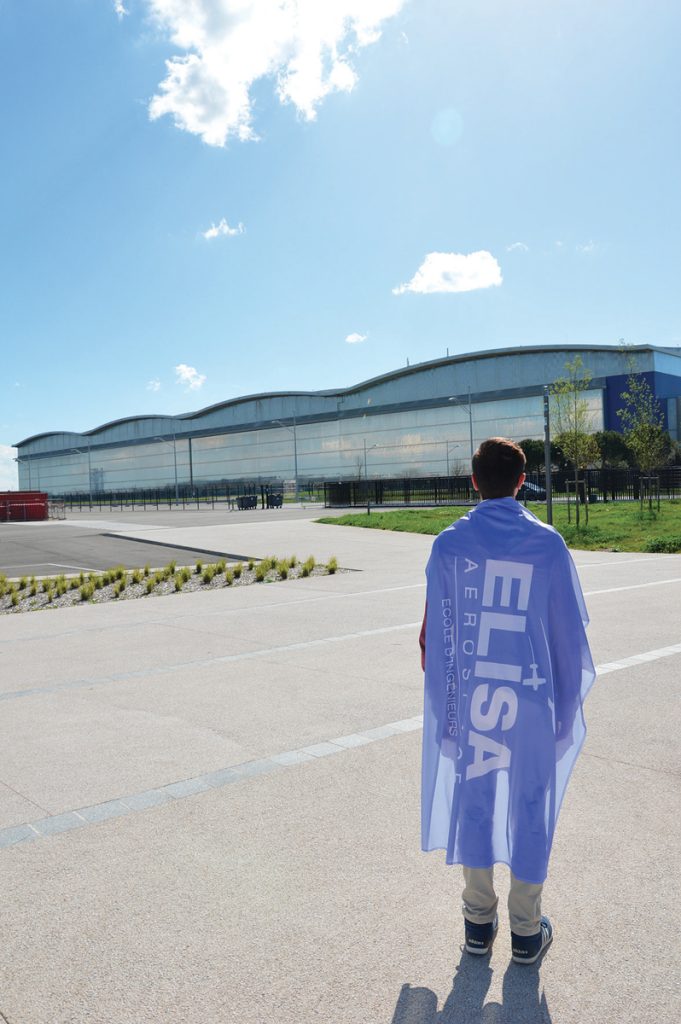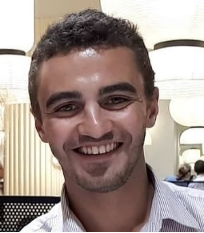Before the health crisis, the growth in air traffic and the number of passengers carried seemed unstoppable, with the corollary of an ever-increasing need for aircraft. The crisis has broken this momentum, but at the same time, environmental imperatives have taken center stage. The very high targets set by governments and Europe for aircraft manufacturers will lead to an unprecedented effort in the search for new solutions in terms of engines, aerodynamics, materials… to achieve carbon neutrality by mid-century.
In the defense sector, the use of UAVs and combat aircraft in joint airspace will require the design of robust, high-performance, connected air systems.
By choosing a specialization within the ISA option, engineering students focus their studies on design (mechanical and systems), production and maintenance in the aeronautical sector.
Courses in the Aeronautical Systems Engineering option enable you to design and optimize the aircraft in its entirety (aerodynamics, flight mechanics, structure and materials), as well as all its component systems and sub-systems (propulsion, flight controls, actuators, navigation systems, etc.).

of graduates work in aeronautics
hours for the ISA option during the engineering cycle
A design office engineer working for a major aircraft manufacturer is responsible for the preliminary design of an aircraft, the design of structures optimized for aircraft performance, “Stab and Control” and navigation systems, flight control actuators…
It may be called upon to study aircraft operating safety as part of the certification process and the maintenance of their certificate of airworthiness.
Aeronautical production engineers are involved throughout the aircraft manufacturing process, ensuring compliance with costs, deadlines, safety and quality standards.
It is also responsible for rationalizing and optimizing production flows and resources (lean manufacturing) by implementing management tools and performance indicators.
The Simulation and Modeling Engineer is in charge of writing specifications for the development of a flight simulator for a major aircraft manufacturer.
It then ensures that the data from the simulation is consistent with that recorded in flight.
The Flight Test Engineer is responsible for carrying out and monitoring the entire test chain, from drafting flight orders, monitoring tests in the telemetry room, processing test data and drawing up the technical conclusions of the tests.
"In 2017, I completed my end-of-studies internship at Stelia Aerospace (AIRBUS Atlantic) in Méaulte within the SES (Stelia Excellence System) department, the group's Lean Manufacturing department. I carried out a flow study in the site's Elementary Parts department.
I'm currently a Customer Feedback Continuous Improvement Engineer on the A350, analyzing production defects detected by Airbus. I'm also involved in analyzing defects and setting up quality indicators for the nose fuselage produced at Méaulte.














114 allée des charbonnières
33127 Saint Jean d'Illac
06 48 95 76 72
contactbdx@elisa-aerospace.fr
48 rue Raspail
02100 Saint-Quentin
03 23 68 06 11
contact@elisa-aerospace.fr